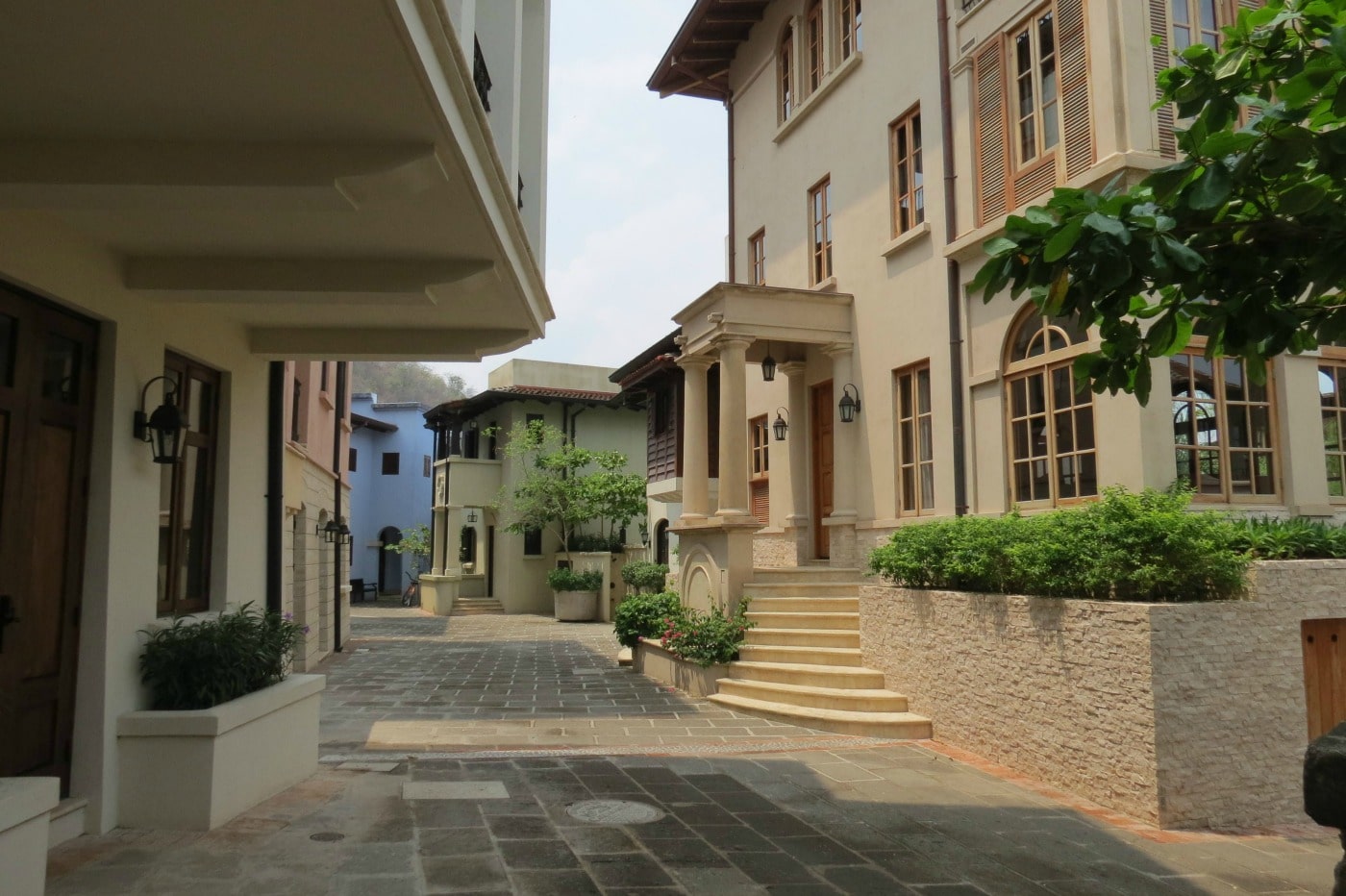It was a warm, breezy evening and families and visitors pulled tables out onto the cobblestone street of the quaint, seaside village for a dining “mash-up” of sorts. Flickering lights danced on villas painted in hues of the burnt sun, plaza fountains gurgled nearby, and onlookers enjoyed sea views from balconies beneath red-tiled roofs. The scene could almost have been mistaken for a postcard perfect, sleepy Italian village come to life, but this impromptu gathering was in a newly built village in Costa Rica, Las Catalinas. The indigo waters of the Pacific Ocean lapped at the crescent shaped beach a few feet away, howler monkeys pranced about in trees overhead, and the rolling hills of the northwestern Guanacaste Coast ebbed and flowed in the distance. This was the dreamy scenery envisioned by American technology entrepreneur Charles Brewer (founder of ISP giant MindSpring, which merged into EarthLink). Over the last decade, he’s slowly made his vision for Old World “new” urbanism come alive in this Central American town.
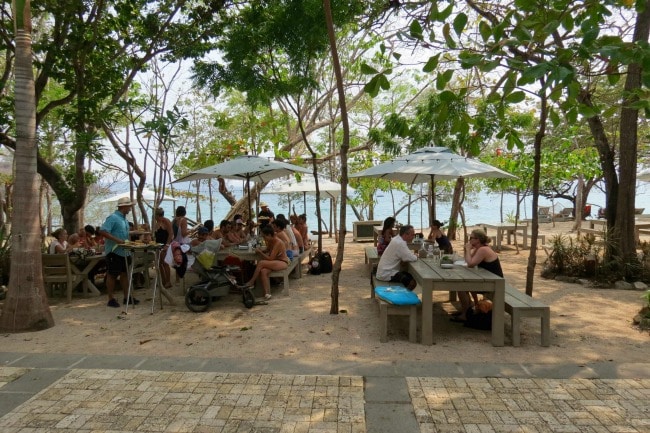
When I first heard of a new master planned village in Costa Rica, I admit I had a disconnect. I’d been to Costa Rica several times and associated the country with jungles and jaguars and coffee plantations. But a master planned community? I couldn’t imagine cookie cutter homes and shops amid a jungle paradise. I was so wrong. About the cookie cutter part that is, not the paradise part. Las Catalinas is surely the most charming “new” town I’ve ever seen. While it’s situated on more than 1,200 acres, the entire village will ultimately occupy only 200 acres with the rest reserved for conservation and miles upon miles of hiking, biking and horseback-riding nature trails.
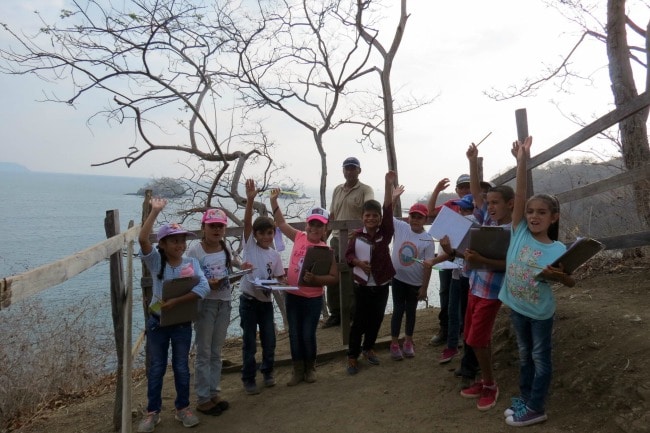
Historic Inspiration
There are no cars in this compact and walkable, pedestrian friendly town, which draws inspiration from historic Central American cities like those in Guatemala and Nicaragua. Cobblestone streets in Las Catalinas wind and curve past pretty villas with shady overhangs, flowering balconies, and open public esplanades. One of the key town architects, Juan Carlos Avelar, tells me that every street was designed with a destination in mind, whether it’s the “blue house,” the fountain, the town hall, or the church (to be built). I might get lost except I know to turn left at a pretty fountain that’s a marker for my luxury rental villa. Above all, the village is modeled to be a place where neighbors connect and interact.
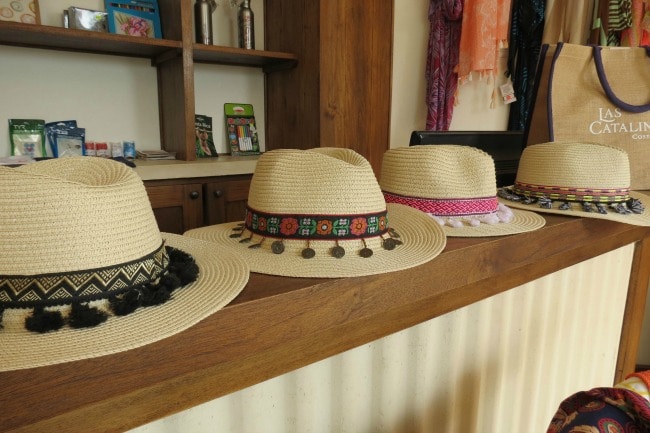
I connect with a sense of place in the form of the sea and scenery before me. Just offshore from the village are the namesake Catalina Islands, and it’s there that I explore some of the best scuba diving in the hemisphere. Manta rays, with wing spans as broad as 20 feet, regularly glide by a kaleidoscope of coral gardens. I find myself caught in a tornado of fish, perhaps 10,000 of them creating a whirlwind, and me caught in the surreal center. I snorkel just offshore as well, spotting moray eels and King Angelfish. I kayak out to an islet where hundreds of frigate birds and brown boobies circle overheard. And I paddleboard past a fellow visitor enjoying sunrise yoga on a floating dock.
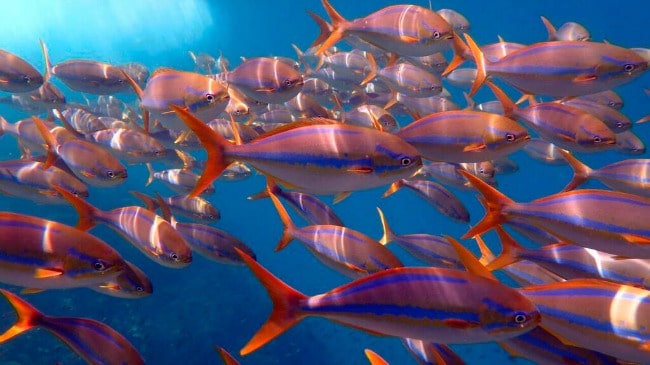
Luxury Residences
Back at my villa, there’s spacious luxury spread over three floors. I’m among a group of four women, and we each have our own bedroom (much like having an oversized hotel room), but it’s fun to gather in the open ground-floor kitchen at day’s end or in the mornings when a local woman arrives to whip up a traditional Costa Rican breakfast. Las Catalinas also has studio and two-bedroom flats for rent. Residences are for sale, too.
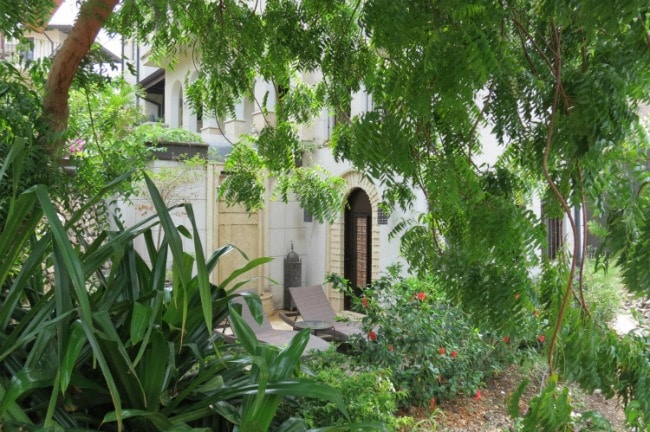
In terms of food, nothing quite compares to the crispy, grilled, whole red snapper I relish at the resort’s Limonada restaurant or its delectable varieties of ceviche. There’s also a poolside Beach Club for meals and drinks. For particularly savory cocktail concoctions, my group heads to the newly opened boutique hotel up the hill, Casa Chameleon. There, guests sip on libations such as a Tico Old Fashioned—a twist on the classic using local burnt sugar, Costa Rican aged rum, and orange bitters. Others opt for interesting new takes on margaritas. The hotel’s clifftop bar offers gorgeous sunset views above its infinity pool and out over the expansive bay.
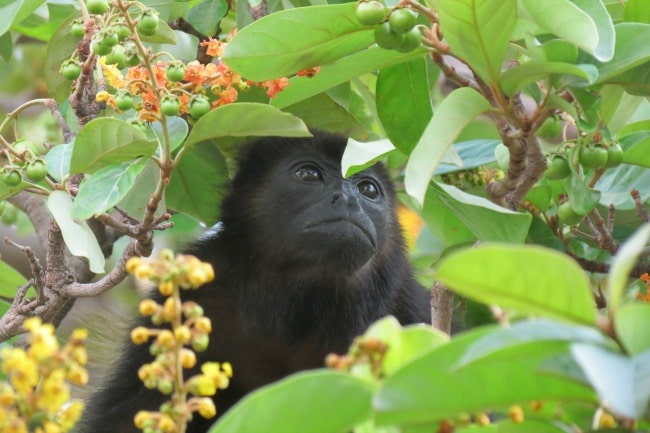
As I head back to the villa on my last evening, I hear the hoot of howler monkeys welcoming me home. I wonder what kind of birds are calling in the hills beyond and promise myself that I will soon return to find out. Someday, I figure, this “Old World” village will become a quintessential part of Costa Rica, blending seamlessly into the scenery as though there for centuries. With that in mind, I fall asleep to the sound of waves and the wind and dreamy visions of maybe one day calling a place like Las Catalinas home.
[alert type=blue]
Getting to Las Catalinas
Major airlines such as Jet Blue and American Airlines offer non-stop flights into Liberia airport, which is approximately a 1-hour drive from Las Catalinas.
Accommodations
Luxury flats and villas: Las Catalinas in-town luxury accommodations range from studios starting at US $180 per night in low season up to six-bedroom villas with private pools beginning at US $4,100 per night in high season. www.lascatalinascr.com
Hotel Casa Chameleon: A luxury boutique hotel with 21 rooms, each with its own private plunge pool. Minimum guest age is 16 years old. Rates start at US $375 per night in low season; $475 in high season. www.casachameleonhotels.com
See accompanying feature on Hotel Casa Chameleon.
[/alert]

